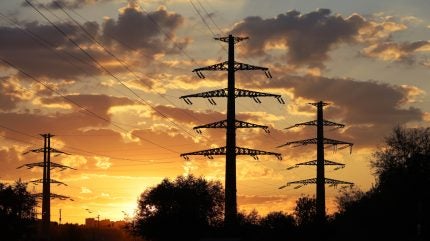
Power has begun to return to Spain and Portugal following the significant outage on 28 April 2025 that disrupted daily life across the Iberian Peninsula.
The blackout, which began around 10:33 GMT, led to the grounding of planes, the halting of public transport, the shutdown of stores, the closure of Spanish oil refineries and the suspension of routine operations in hospitals, as reported by Reuters.
Spain’s Interior Ministry declared a national emergency, deploying 30,000 police officers to maintain order while emergency cabinet meetings were convened in both Spain and Portugal.
Spanish Prime Minister Pedro Sanchez, who discussed the situation with NATO Secretary General Mark Rutte, said that Spain experienced a loss of 15GW of electricity generation in five seconds – 60% of national demand.
Such extensive outages are unusual in Europe, and the cause remains under investigation. Portugal indicates that the problem began in Spain, while Spain attributes it to a break-up in its connection to France.
Portuguese Prime Minister Luis Montenegro has stated that there was “no indication” to suggest that a cyberattack caused the blackout.

US Tariffs are shifting - will you react or anticipate?
Don’t let policy changes catch you off guard. Stay proactive with real-time data and expert analysis.
By GlobalDataBoard member of Portuguese grid operator REN Joao Conceicao mentioned the possibility of a “very large oscillation in electrical voltage, first in the Spanish system, which then spread to the Portuguese system.”
Spain’s grid operator REE attributed the blackout to a connection failure with France, which led to a disconnection between the Spanish and French grids and the subsequent collapse of the Spanish electric system.
The blackout lasted for several hours and power was gradually restored in most areas of both countries by Monday evening, 29 April.
In Spain, power returned to the Basque Country, Barcelona and parts of Madrid, with around 61% of electricity restored by late on Monday.
Spanish energy company Enagas activated emergency systems to meet demand, and REE’s systems operations chief Eduardo Prieto indicated that normalising systems would take “several hours.”
In Portugal, power returned to many municipalities, including Lisbon city centre, with REN reporting that 85 out of 89 power substations were back online by late Monday.
Hospitals in Madrid and Catalonia managed critical patient care using backup generators, while all routine medical work was put on hold.
The Portuguese authorities reported that traffic signals also experienced widespread disruptions, and the metro was suspended in both Lisbon and Porto.
Spanish Prime Minister Pedro Sanchez stated that 35,000 train passengers were successfully evacuated from stranded trains.
In addition, the blackout caused internet traffic to plummet by 90% in Portugal and 80% in Spain, according to global internet traffic monitor Cloudflare Radar.
Such extensive power outages in Europe previously occurred in 2003 and 2006.
In 2003, a malfunction in the hydroelectric transmission line connecting Italy and Switzerland led to a widespread power failure throughout Italy, lasting approximately 12 hours.
Three years later, in 2006, an overburdened electrical grid in Germany resulted in power disruptions that affected various regions in Europe and reached as far as Morocco.


